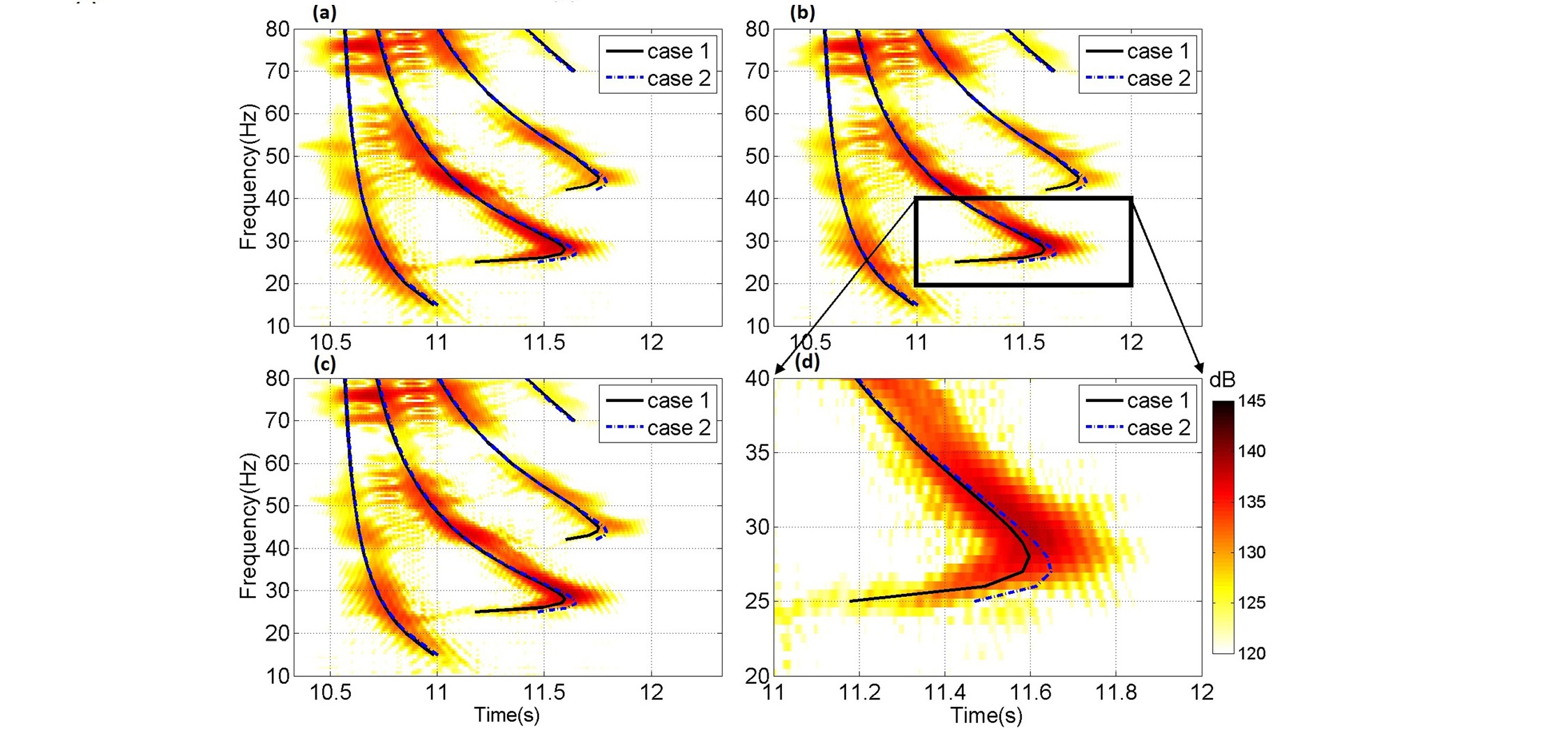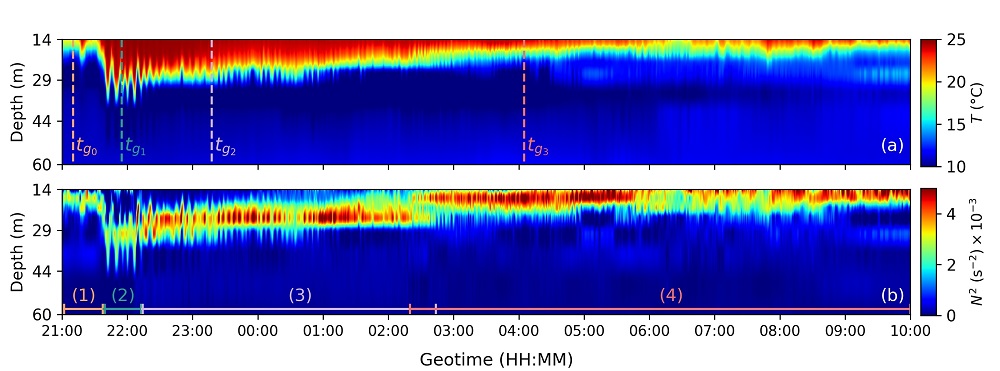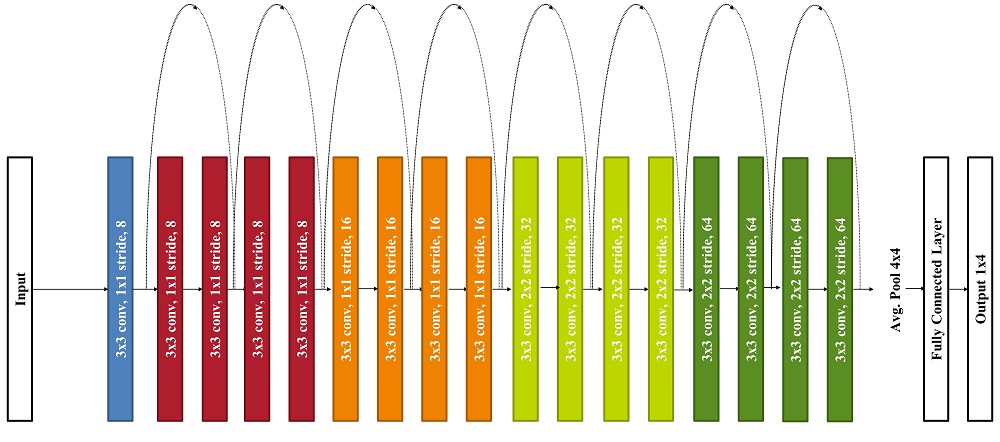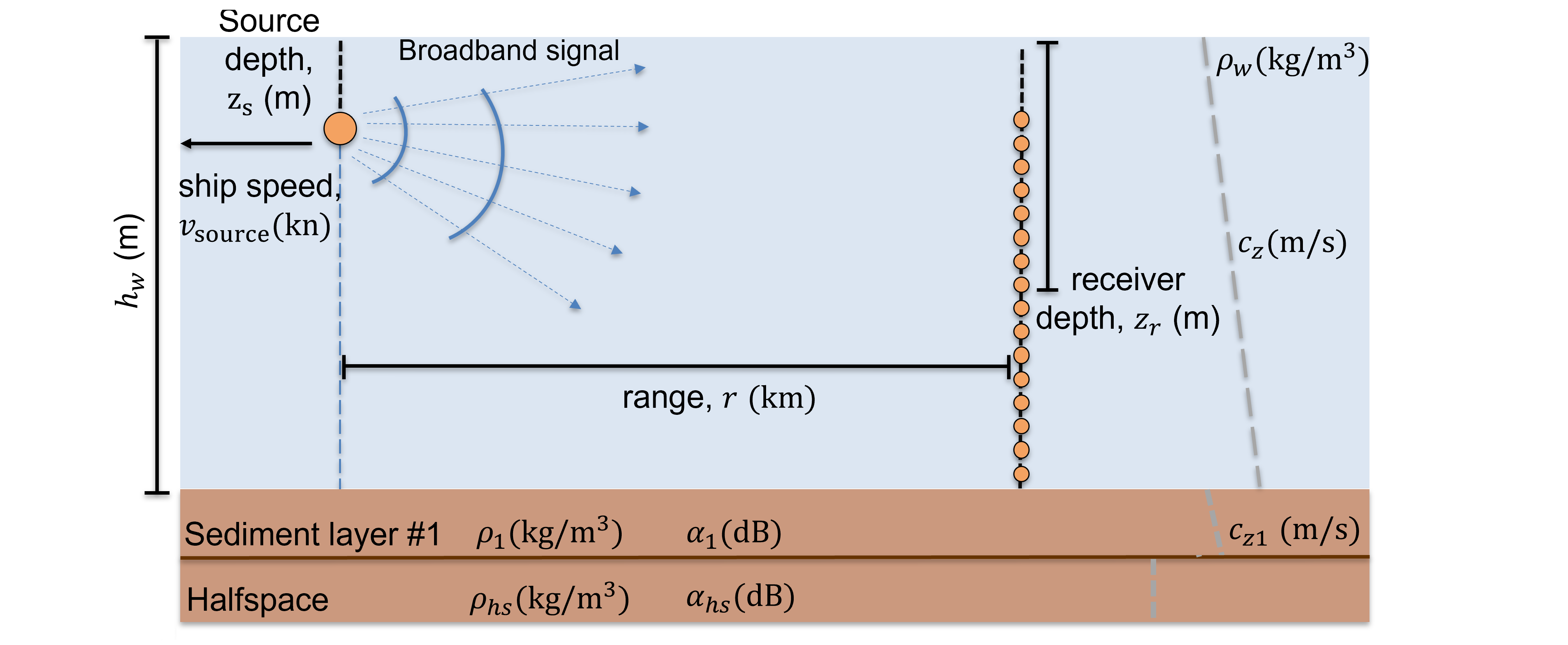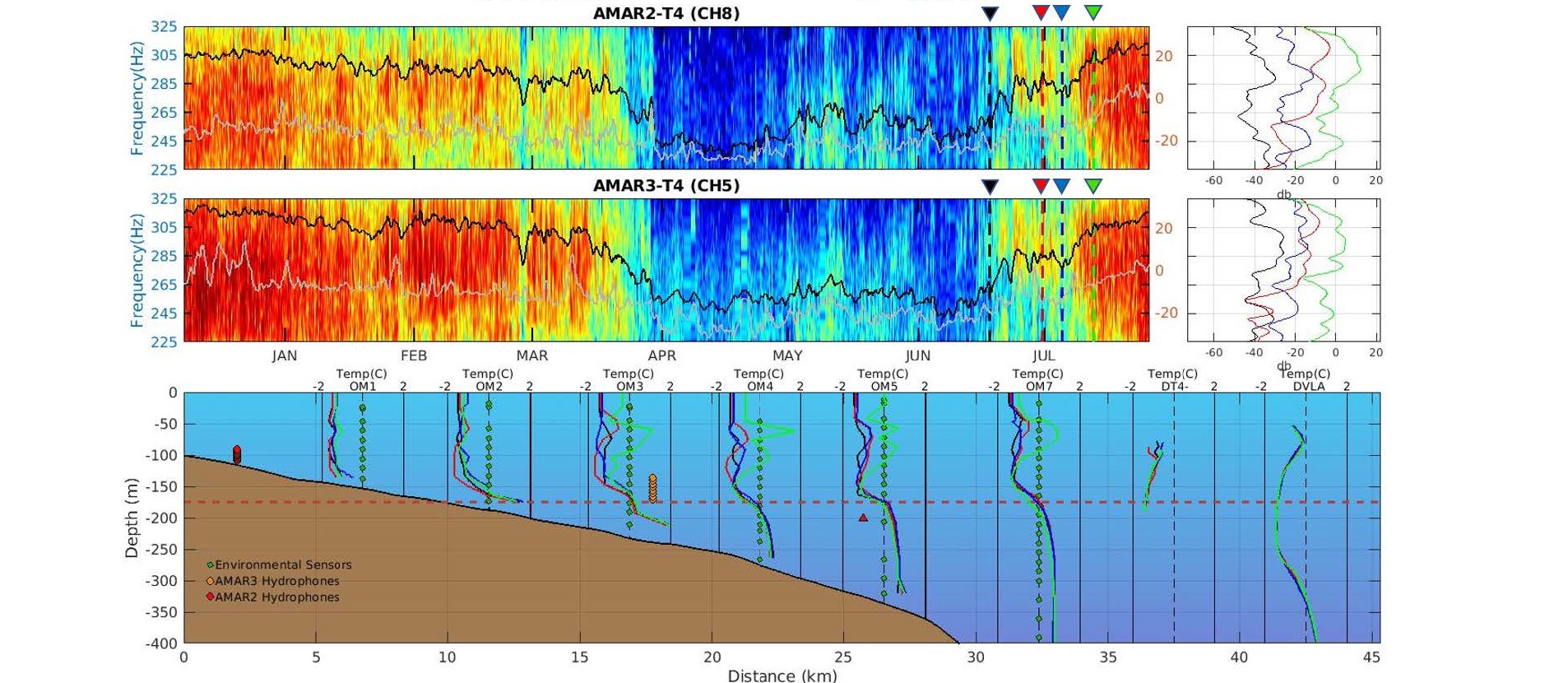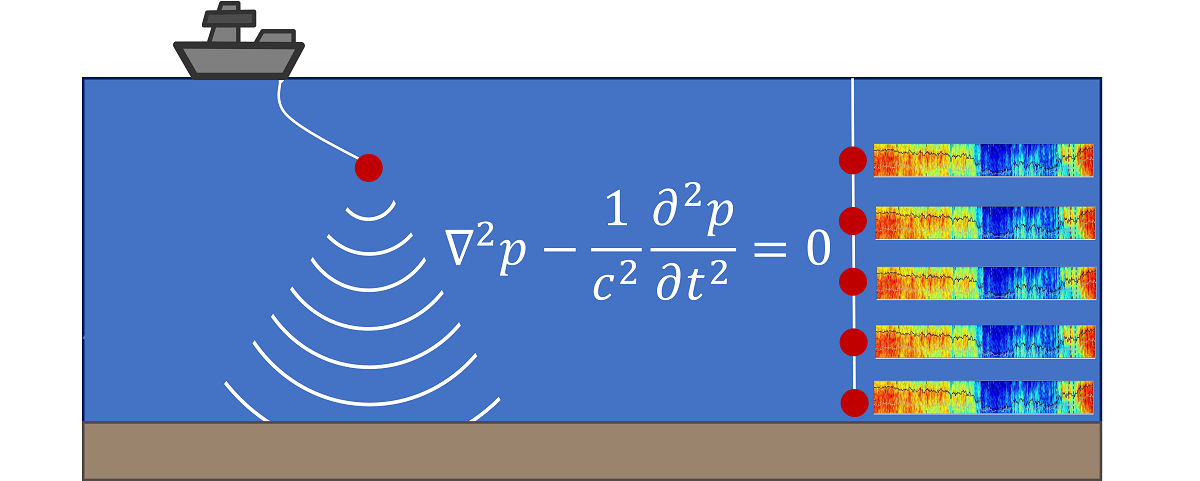Research Current areas
Geo-acoustics
Geoacoustic inversion is an extensive research topic in ocean acoustics, used to estimate sediment parameters using at-sea or simulated data, the full-field, or selected features such as multipath arrival times. The OAELab has done several works in geo-acoustic inversion using matched filed processing and Bayesian approaches.
Ocean sensing
Several studies have been performed to evaluate the effects of the environment for underwater acoustic propagation. Research in OAELab comprises internal wave modeling, water column effects in the acoustic channel, and machine learning approaches to study variability in the sound speed profiles (SSPs).
Machine learning
Machine learning techniques are used for multiple image processing tasks and are now employed for ocean acoustics applications. Recently, the OAELab has started developing machine-learning-related tools oriented to localize moving acoustic sources and classify seabed types using at-sea and simulated acoustic data.
Underwater communications
It is an extensive area of sending and receiving messages underwater. This type of communication is carried out by using hydrophones. Underwater communication is difficult due to multi-path propagation, time variations of the channel, small available bandwidth, and strong signal attenuation. Compared to terrestrial communication, underwater communication has low data rates because it uses acoustic waves.
Ocean acoustics
Ocean acoustics is the study of the propagation of sound in water and the interaction of mechanical waves that constitute sound with the water, its contents and its boundaries. It is a broad field focused on the study of sound, its propagation, and its behavior underwater. Conditions in the ocean facilitate sound propagation. Recorded underwater signals are used to study the properties of the earth, ocean, and animals living underwater.
Waveguide physics
The behavior of the ocean and underwater acoustic propagation is investigated using numerical and physical approaches. Here, questions as to why, where, and how water moves, as well as the consequences of these movements, are responded to. An important new emphasis in physical oceanography is to better understand the role of the ocean in global climate and climate change.
